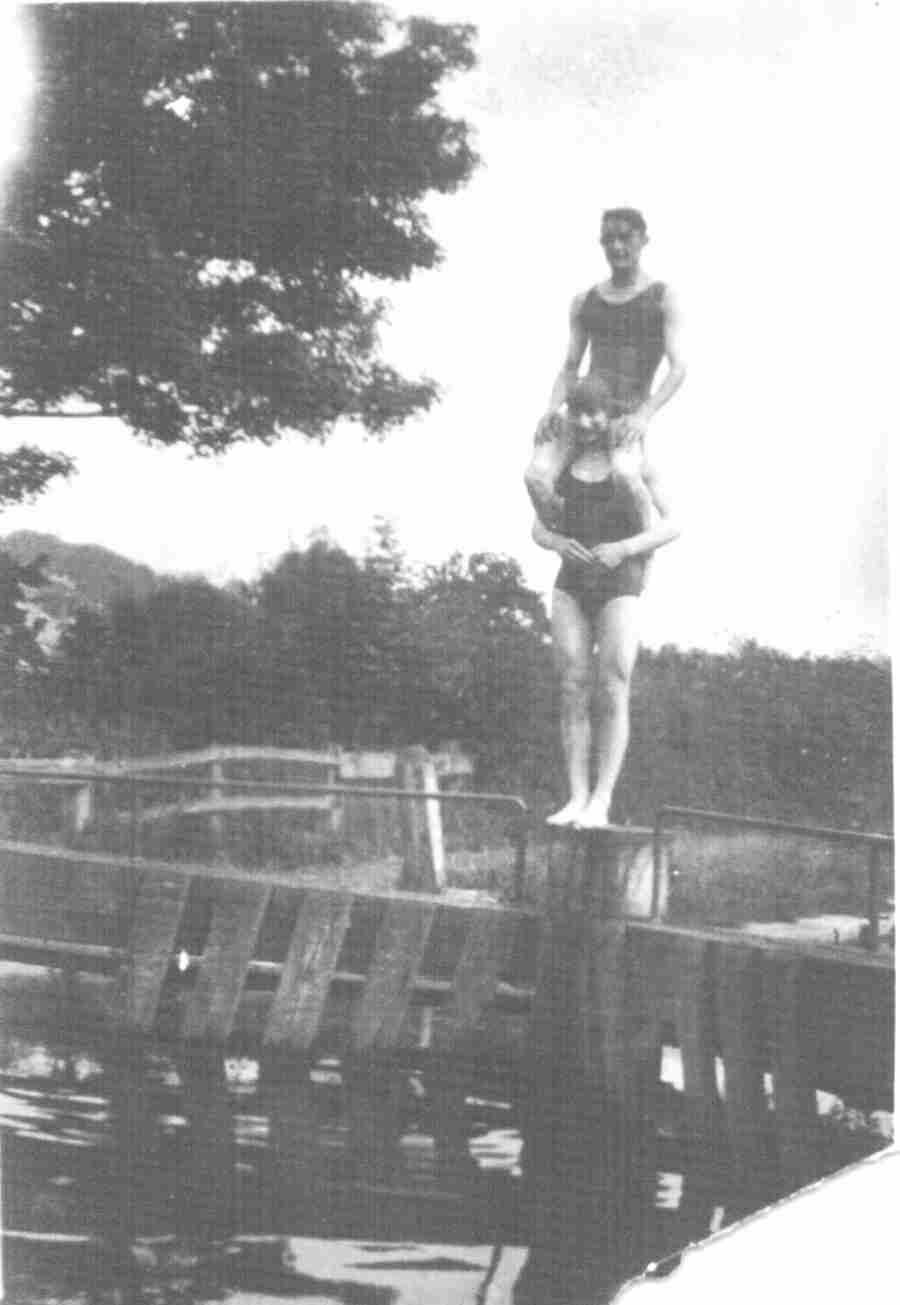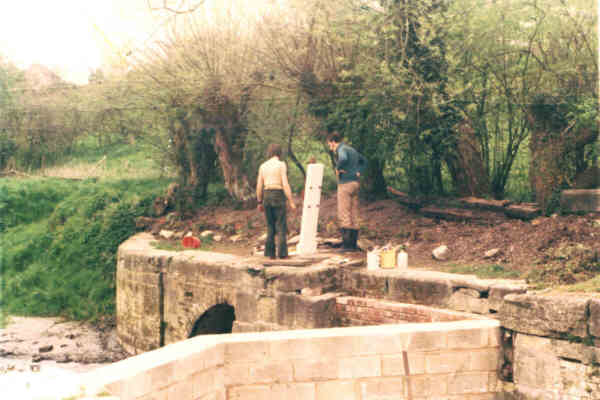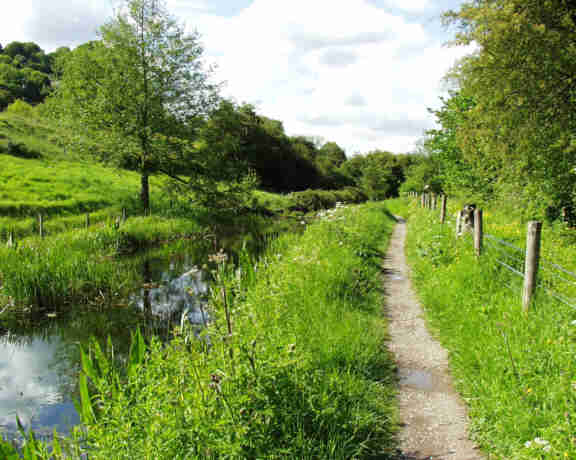Brimscombe - Stroud Picture Gallery Back to T&S Canal Index

 The
Stroudwater Canal Society, finding itself largely prevented from
working on the Stroudwater Navigation, started work at Bowbridge in the
early 1970s. It is due to this work that much of the canal in this
length still holds
water and supports such a rich environment - indeed, the whole length
would
have been dry and totally overgrown by scrub without this work. In
1974,
the Stroudwater Canal Society became the Stroudwater, Thames &
Severn
Canal Trust and this now operates under the Cotswold Canals Trust name.
The
Stroudwater Canal Society, finding itself largely prevented from
working on the Stroudwater Navigation, started work at Bowbridge in the
early 1970s. It is due to this work that much of the canal in this
length still holds
water and supports such a rich environment - indeed, the whole length
would
have been dry and totally overgrown by scrub without this work. In
1974,
the Stroudwater Canal Society became the Stroudwater, Thames &
Severn
Canal Trust and this now operates under the Cotswold Canals Trust name. A great deal of dredging was carried out by volunteers using an old
Priestman dragline crane although over time, the effects of this works
has become
less apparent as reed growth has encroached and even choked the channel
with no boats to keep it at bay.
A great deal of dredging was carried out by volunteers using an old
Priestman dragline crane although over time, the effects of this works
has become
less apparent as reed growth has encroached and even choked the channel
with no boats to keep it at bay.| To Picture Gallery
|
|
|
Maintained by: ken.burgin@pikelock.com |
Copyright © Ken Burgin 2002 - all rights reserved |